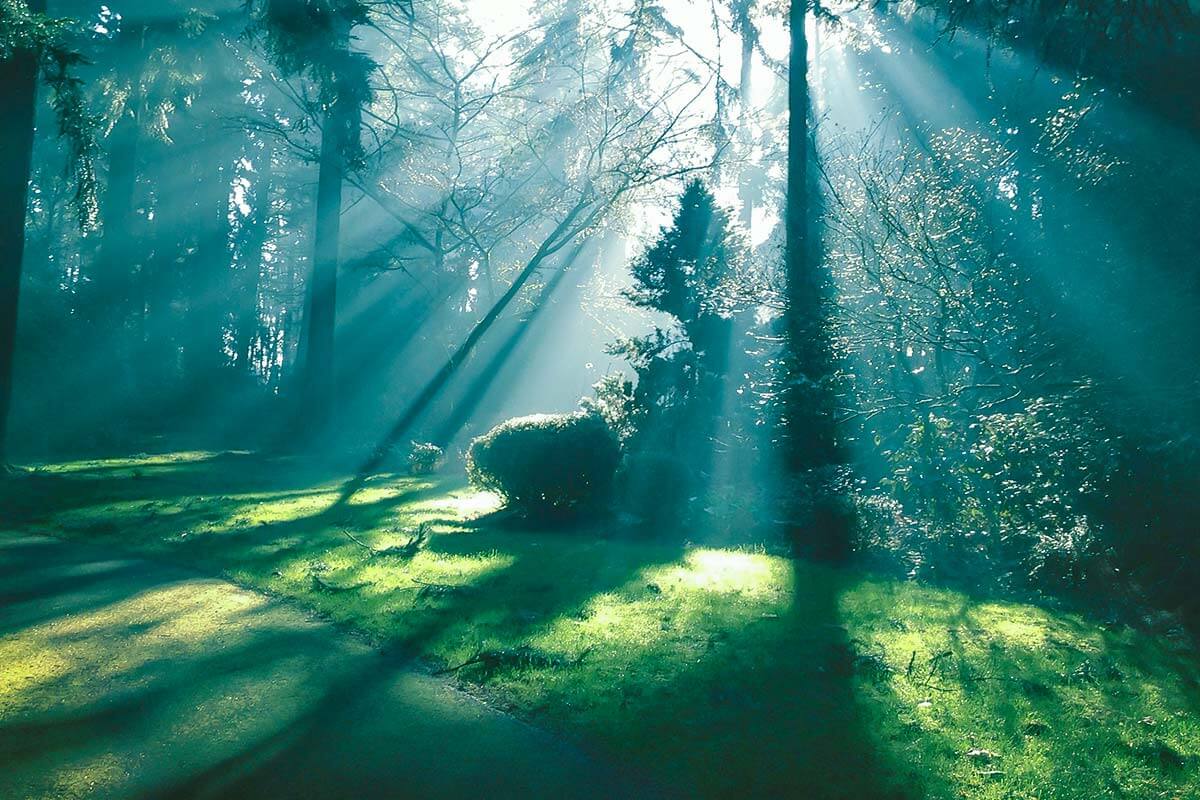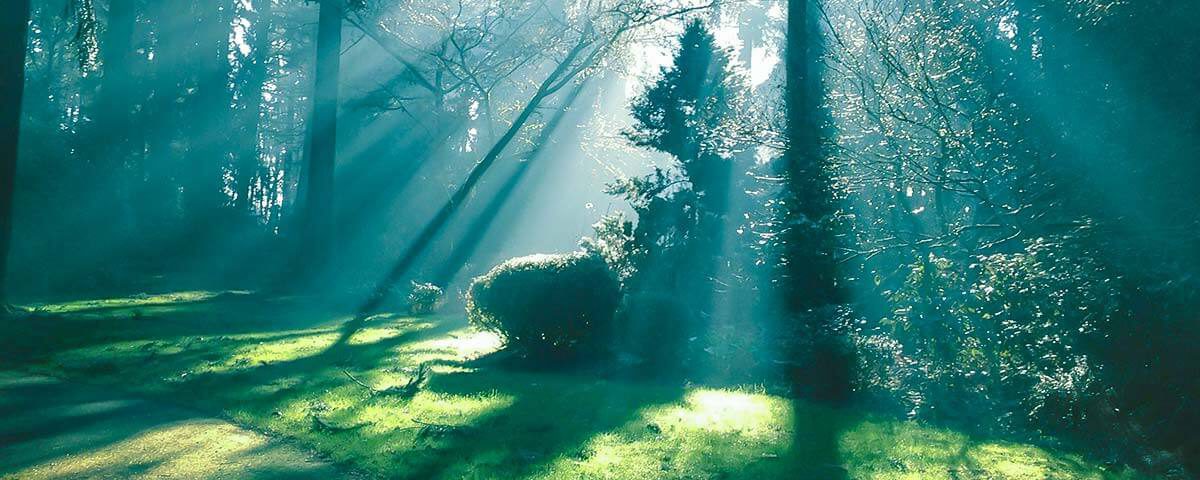Can Forest Pedagogy contribute to Sustainability?

The Forest is in Fashion
26. October 2019
“Pigman’s detectives” programme is globally recognised as one of the best practicies in forest education
22. November 2019
Can Forest Pedagogy contribute to Sustainability?
Authors: Dr. Rolf Jucker, Director, SILVIVA, Switzerland
T he question is an urgent one, partly because humanity is clearly at a crossroad: either we manage to respond with urgency and sound action to climate change, or the survival of our species on the planet is doomed. Partly, it is also an important question since more and more people are turning towards forest pedagogues and environmental educators with questions of what they can do to help change the currently destructive course of humankind.
Instinctively we would like to answer: yes, of course! However, let us be careful, honesty and evidence-based in our answer. As opposed to legislation, which can be enforced with fines and punishment, education is an open social process. Learning theory and brain research clearly show that educational activities, such as forest pedagogy, can only ever be an offer, an invitation to learn. This invitation can be optimally done, enticing, responding to the needs of the learners, with high quality. Still, it is never more than an offer. Whether this offer is taken up, whether the invitation is accepted by the learner is in her or his control. Of course, there are multiple influencing factors to ‘help’ learners to accept the offer: exams, peer pressure, family or employer expectations etc. Nevertheless, if the learner does not want to learn, the educator can mostly do nothing about it.
For us this means that forest pedagogues and environmental educators have an interest, and dare I say, moral obligation to make sure that their educational activities and offers are state-of-the-art, embody the best quality education there is, based on the evidence brought together be learning and brain research. That is ALL we can do. The rest is in the hands of the learners.
With regard to sustainability, this means, in my view, that we have to focus on two levels. First, the pedagogical dimension: it is clearly not enough to just do any kind of forest pedagogy. Forest pedagogy is by itself not better or worse than any other pedagogical activity. Only if forest pedagogy incorporates, lives, and breathes the qualitatively best possible education, can we be satisfied that we have done the best we can to support the world-wide move to change education in a way that supports a future worth living for our kids and grandkids.
Second, there is content. Forest pedagogy does have a special contribution to make to sustainability in that it can show, explain and turn into personal experience an in-depth, systemic understanding of what sustainability or future-proofing actually means. Working with the most sustainable forest management practices and a time-horizon of often many hundreds of years, forest pedagogy can help children, youth and adults to come to grips with the difficult concept of sustainability. There is also a good discussion to be had in forest pedagogy activities about the contribution of forests to mitigating climate change. But be careful here: the world-wide discussion, triggered by Thomas Crowther and his maps, that (re-) forestation is the best weapon against climate change, is largely overhyped. Forests are never destroying CO2, they can only store it (which, nevertheless, might buy us some dearly needed time). But eventually, it will be released again. And then there is serious doubt about how big this storage-capacity is in reality. Depending on where you reforest, there are studies to show that there might even be a net-contribution to CO2, not a reduction1. Lastly, the historical record of reforestation projects world-wide is poor: overall below 50% of all the project started have led to a real CO2-reduction in the end.2
My advice would be: let’s be realistic and humble. Forest pedagogy can make its small, but valuable contribution to sustainability. However, it is just one small piece of the overall puzzle. If the necessary dramatic changes in legislation, politics and economic restructuring and everyday action of all of us do not occur, it will be a drop in the ocean. Of course, real change is not out of our hands: we are all citizens with political rights, and consumers with the power to stop overconsumption.
1See Popkin, Gabriel (2019). How much can forests fight climate change? Trees are supposed to slow global warming, but growing evidence suggests they might not always be climate saviours. Nature, Vol. 565, 15.1.2019, pp. 280-282. doi: 10.1038/d41586-019-00122-z. https://www.nature.com/articles/d41586-019-00122-z, accessed 12/09/2019.
2 See Song, Lisa (2019). An (Even More) Inconvenient Truth. Why Carbon Credits For Forest Preservation May Be Worse Than Nothing. With additional reporting by Paula Moura. ProPublica, 22.05.2019.
https://features.propublica.org/brazil-carbon-offsets/inconvenient-truth-carbon-credits-dont-work-deforestation-redd-acre-cambodia/, accessed 30/08/2019

